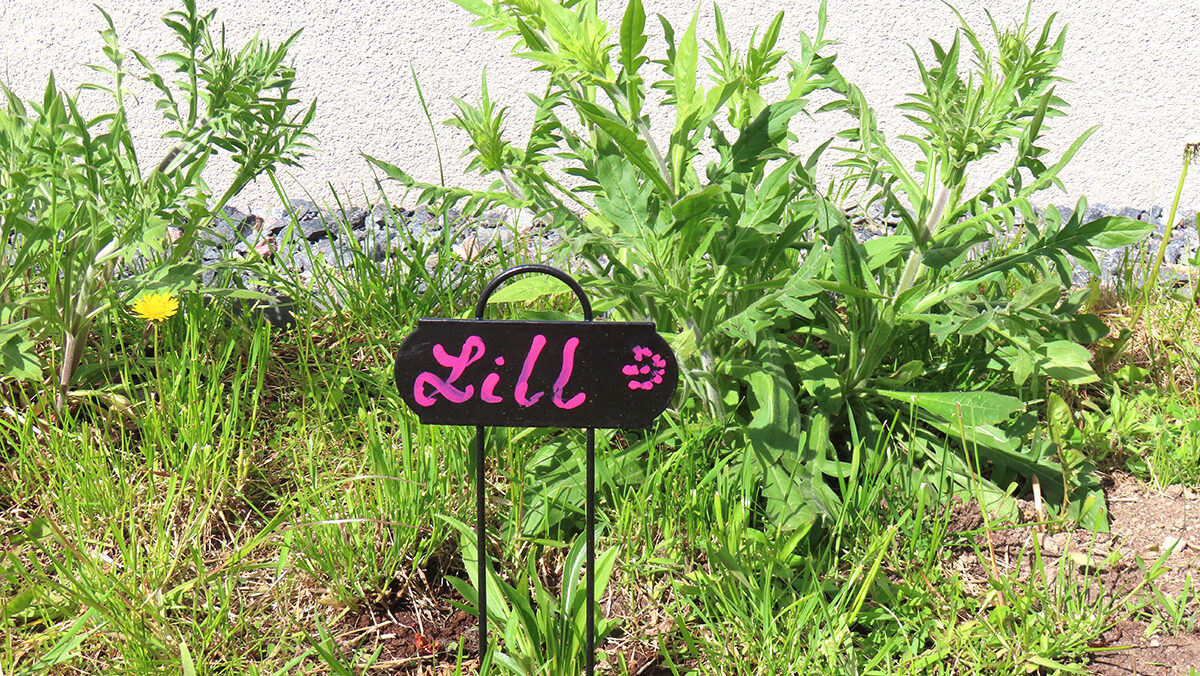And it's something we can all aspire to. To be prepared and more self-reliant is a noble, useful trait. Particularly in the outdoors, where Estonians have learned to live well and in relative comfort for generations. If you want to pick up some new skills, let's start with one of humanity's most foundational practices. For some, it may seem obvious, but for others it's totally unfamiliar—building a fire.
The setting: Assuming we're outdoors, the first step in building a fire is to find the right place to build the fire. Be careful about this. Follow all laws in your area and recommendations for where and when you can safely build a fire without causing damage or disturbances.
The ideal setup for a fire is a fire pit surrounded by stones so that it doesn't spread out of control. If an existing fire pit isn't available, make one of your own by laying out a bed of small rocks or sand and then placing large rocks in a circle around this base.
The material: Before starting any fire, you'll want to have as much wood at the ready as possible. Firewood of varying sizes is needed to prepare for the steady nursing of the flame from a faintly smoky ember to a roaring blaze.
The first variation is tinder. This means dry leaves and grass, straw, the plant known as “Old man's beard” (Clematis drummondii), pocket lint, or scrunched up newspaper if it's accessible. In a pinch, even Cheetos work as a source of fire-starting tinder.
Next is kindling. Kindling includes dry twigs, bark, and medium-sized dead branches.
The third variation is fuel. Look for logs that are exceptionally dry and old. Trying to burn unseasoned, wet chunks of wood is an exercise in frustration.
The structure: With the wood ready, you can either choose to build the fire in an improvised manner as it grows, or construct it in advance, though the latter can be premature and risky. For a prepared approach, one recommended structure is the lean-to, where you tuck lots of tinder on one side of a log and lean kindling on the log.
You may also have luck with the “log cabin”, where several logs are stacked on top of each other in an intersecting arrangement. At the bottom of the log cabin you'll need to place your pile of tinder. In between each layer of logs, lay flat several pieces of kindling with enough room for you to reach in and light up the tinder. The combination of radiating heat inside and gaps in between the logs for oxygen will set this grid ablaze.
(A post-fire note: unless you're in a desperate wilderness survival situation, when you're done with the fire you should put it out. Pour water over the coals or smother them with sand until they're no longer hot and glowing.)
Lighting the fire: As Bruce Springsteen sang, “You can't start a fire without a spark” and this is the most difficult part. Striking a match and holding it to the tinder is of course the simplest way to do it. And that's why the safeguard of waterproof matches in a sealed plastic bag is so smart.
When you don't have that, though, a flint and steel is the next best solution. This may be in the form of a ferrocerium (“ferro”) rod and a pocket knife, or a magnesium block and striker. Scrape the knife or striker down the edge of the rod or block onto a small piece of tinder.
If there is bright sunlight outside, you can focus the light onto tinder with a magnifying lens, a pair of farsighted glasses, or paradoxically, with a clear chunk of ice (shaped into a round lens).
Although it's unlikely you'll have these tools around, you might also be interested to know that touching thin strips of steel wool with a 9V battery creates sparks immediately.
Both exhausting and impressive is creating a spark with a bow drill. Find a flat piece of wood and scrape a notch out of it, where there's a knot for example. This is your platform for creating an ember.
Tie string on both ends of a strong, slightly rounded branch like a bow. With another stick, use a sharp implement to create a rod with one pointed end. Loop the bow string snugly around the rod and hold the top end down with your non-dominant hand. With the pointed rod on the platform's notch, hold the bow sideways with your dominant hand and move it forward and backward until the notch is filled with tiny hot embers. Place this onto a bundle of tinder.
For all methods, once a tiny ember forms in the tinder, gently blow on it until it gets slightly bigger. If you're building as you go along, add more tinder at this point. When the tinder is burning steadily, put kindling on top. When the kindling is burning steadily, bring the fuel right next to it so that it starts to burn.
And there you have it. Fire! Grill your dinner over it. Sing some songs around it with friends. Or just keep your feet warm by it as you settle into a night outdoors.




